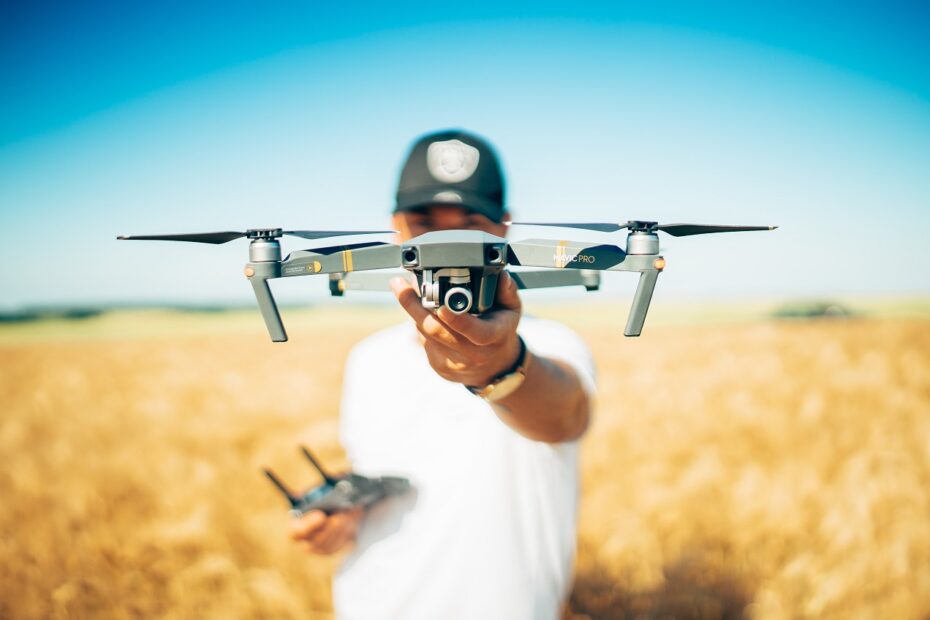Drones have become an indispensable tool in various industries, from agriculture and construction to filmmaking and surveying. To ensure accurate and reliable performance, it’s crucial to understand and implement calibration procedures. In this guide, we’ll delve into what calibration means in the context of drones, why it’s important, and how to properly calibrate your drone for optimal results.
What is Calibration?
Calibration is the process of fine-tuning and adjusting the internal components of a drone to ensure it operates accurately and consistently. This involves configuring sensors, cameras, and other hardware to achieve precise measurements and reliable performance.
Importance of Calibration
- Accuracy and Precision: Calibration ensures that the measurements taken by your drone’s sensors are accurate and consistent. This is crucial for tasks like aerial mapping, surveying, and inspections where precision is paramount.
- Reliable Data Collection: Properly calibrated drones provide reliable data, reducing the likelihood of errors in your output. This is especially critical in industries like agriculture and environmental monitoring.
- Safety: Calibration helps prevent accidents and mishaps by ensuring that the drone responds correctly to commands and maintains stable flight.
- Optimized Performance: A calibrated drone operates at its peak efficiency, maximizing battery life and overall performance.
When to Calibrate Your Drone
Calibration should be performed under the following circumstances:
- New Environment: When flying in a new location or area, especially if it’s significantly different from where the drone was last calibrated.
- After a Crash: If your drone experiences a hard landing or crash, it’s essential to check and potentially recalibrate its sensors.
- Routine Maintenance: Regularly scheduled calibration as recommended by the manufacturer, even if the drone hasn’t experienced any issues.
Types of Calibration
- Compass Calibration: This is crucial for ensuring the drone’s navigation system functions accurately. It involves rotating the drone in specific patterns to calibrate its internal compass.
- Gyroscope Calibration: Gyroscopes measure angular velocity and help stabilize the drone during flight. Calibrating the gyroscope ensures accurate flight performance.
- Accelerometer Calibration: Accelerometers measure linear acceleration, helping the drone maintain stable flight. Calibration ensures they provide accurate data.
- Camera Calibration: In drones equipped with cameras, calibrating the camera’s focus, exposure, and white balance settings is essential for obtaining high-quality imagery.
Step-by-Step Calibration Process
- Choose an Open, Clear Area: Find a location free from interference, such as metal objects or large buildings, which can affect the calibration process.
- Power Up the Drone: Turn on your drone and remote controller, ensuring they are properly connected.
- Access Calibration Settings: Navigate to the calibration settings in your drone’s software or app.
- Follow Manufacturer Instructions: Follow the specific calibration instructions provided by the drone manufacturer. This may involve rotating the drone along various axes or following a predefined pattern.
- Verify Calibration Success: Once the calibration process is complete, verify that the drone’s sensors are functioning correctly by checking for any error messages or warnings.
Conclusion
Calibration is a crucial aspect of maintaining the accuracy and reliability of your drone. By understanding the importance of calibration and following proper procedures, you can ensure that your drone performs at its best, providing precise data for your various applications.
Remember, always consult your drone’s user manual for specific calibration instructions provided by the manufacturer.

